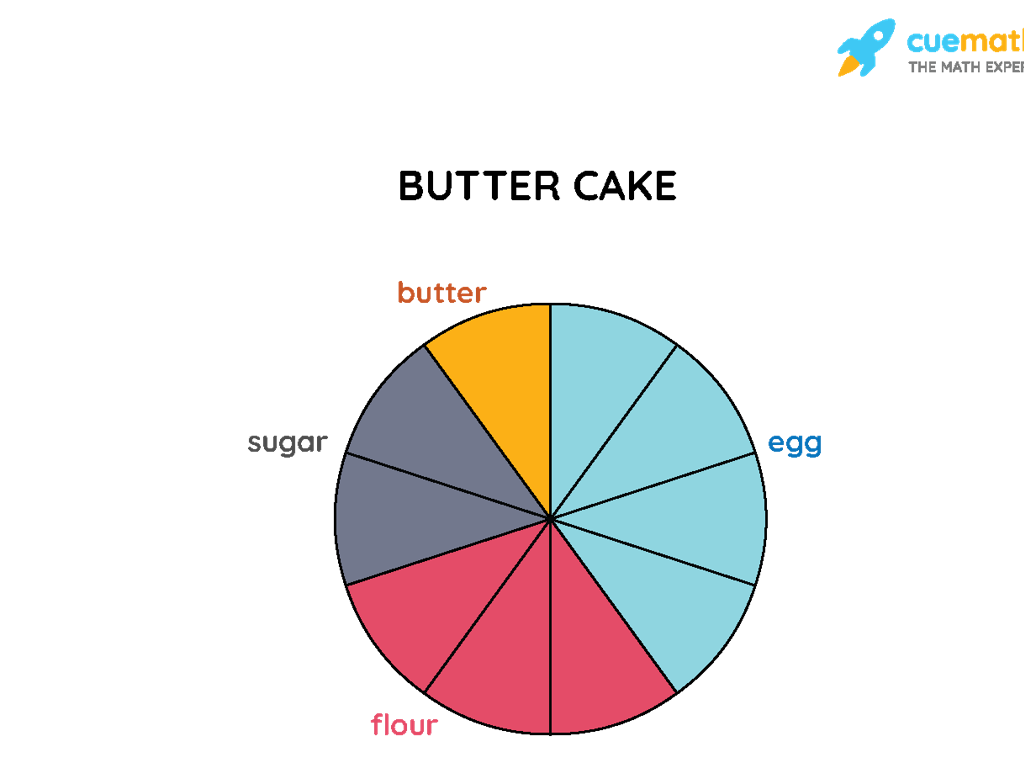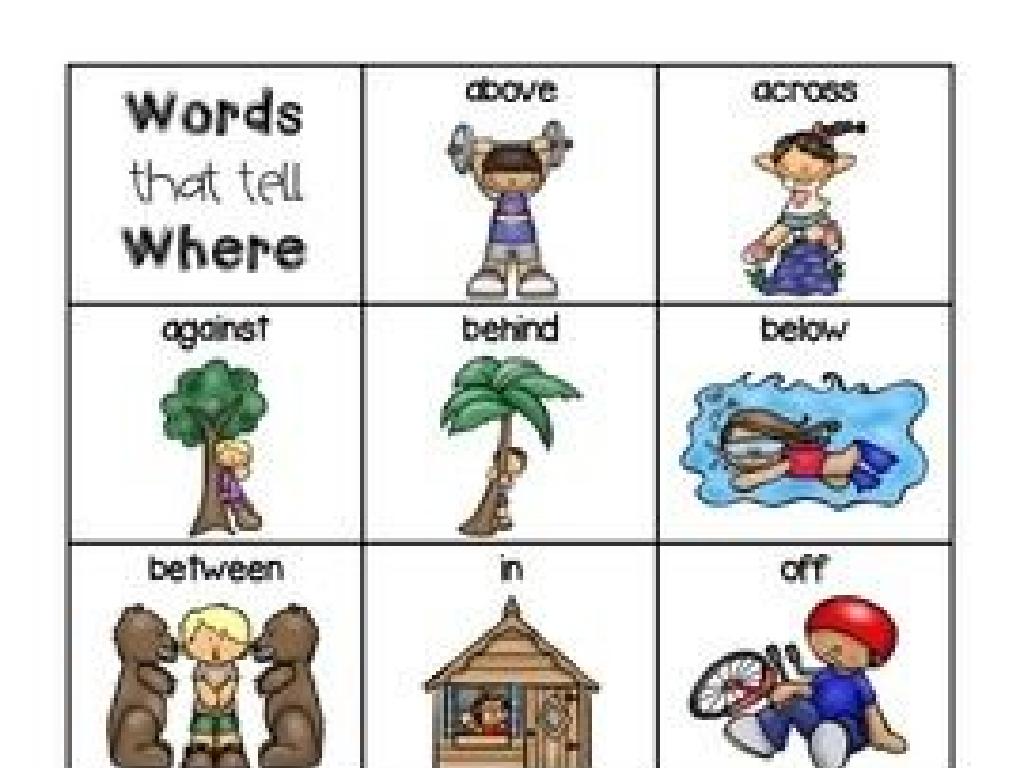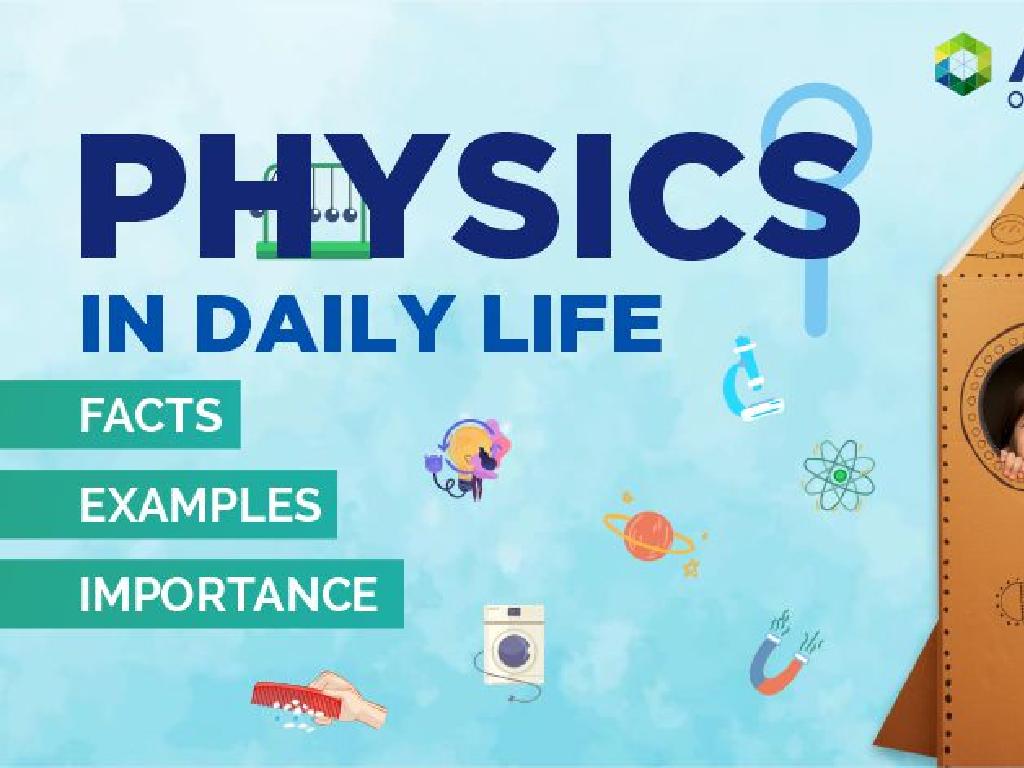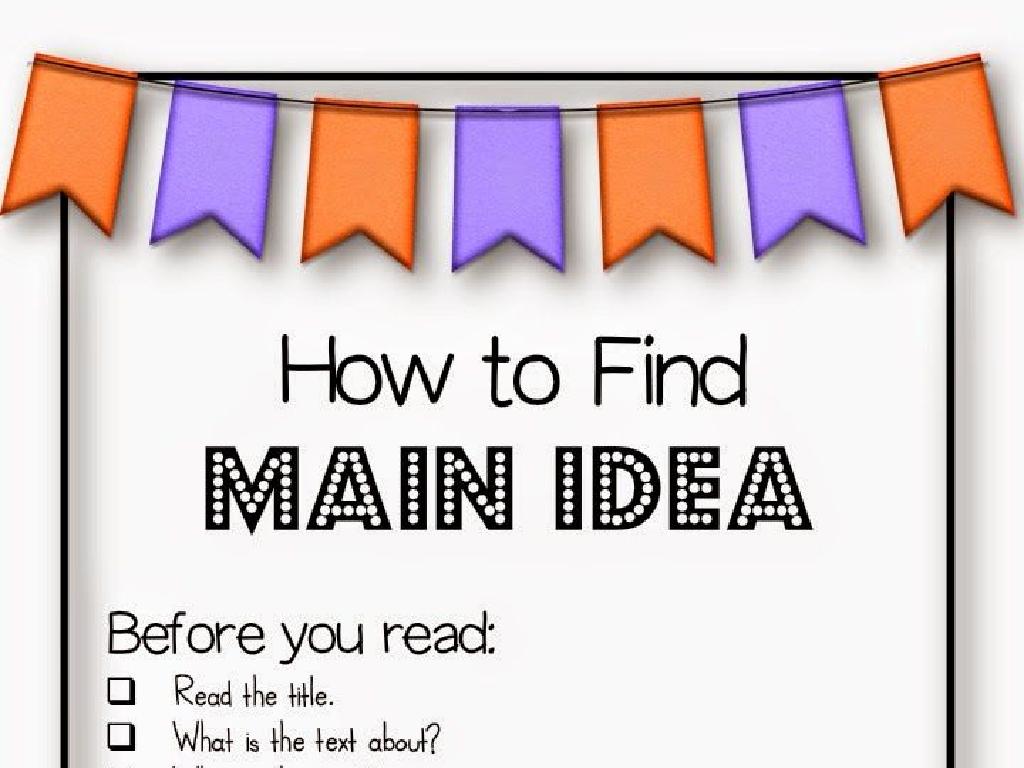Identify Shapes Traced From Solids
Subject: Math
Grade: Kindergarten
Topic: Three-Dimensional Shapes
Please LOG IN to download the presentation. Access is available to registered users only.
View More Content
Welcome to 3D Shapes!
– Greet our little shape explorers
– Introduce tangible 3D shapes
– Shapes that have length, width, and height
– Find shapes in everyday objects
– Like balls (spheres) and boxes (cubes)
– Activity: Shape hunt adventure
– Search for 3D shapes around the classroom
|
This slide is designed to introduce Kindergarten students to the concept of three-dimensional shapes in an engaging and interactive way. Start by welcoming the students and sparking their curiosity about the world of shapes they can touch and hold. Explain that unlike flat shapes, 3D shapes have three dimensions. Use common objects like balls to illustrate spheres and boxes for cubes. Encourage the children to look around and identify shapes they see every day. Conclude with an activity where students go on a ‘shape hunt’ in the classroom or at home, finding and naming 3D shapes. This hands-on approach helps solidify their understanding of the concept.
Exploring 3D Shapes
– 3D shapes are solid, not flat
– Like blocks, not like drawings
– We can touch and move 3D shapes
– Pick them up and feel all sides
– Examples: ball, box, ice cream cone
– Spheres, cubes, and cones around us
– Recognizing shapes in everyday objects
|
This slide introduces kindergarteners to the concept of three-dimensional shapes. Emphasize that 3D shapes are solid objects that can be picked up and held, unlike flat shapes drawn on paper. Use tangible examples that children are familiar with, such as a ball representing a sphere, a box for a cube, and an ice cream cone for a cone. Encourage students to explore their environment and recognize these shapes in everyday objects. This will help them understand the concept of 3D shapes and how they differ from 2D shapes. During the presentation, have actual 3D shapes for students to touch and interact with, reinforcing the idea that these shapes have depth and can be handled.
Meet the Shapes: Tracing 3D Objects!
– Cubes: Blocks we stack
– Think of dice or toy blocks
– Spheres: Balls we roll
– Like a soccer ball or an orange
– Cylinders: Cans we hold
– Similar to a soup can or a cup
– Cones: Hats we wear
– Resembles a party hat or a carrot
|
This slide introduces Kindergarten students to basic three-dimensional shapes by associating them with familiar objects. The cube is compared to dice or toy blocks, which are stackable. The sphere is likened to a ball or an orange, emphasizing its roundness and ability to roll. The cylinder is related to a can or a cup, objects that can be held and have a circular base. The cone is associated with a party hat or a carrot, pointing out its pointed top and circular base. Encourage the students to touch and interact with real-life examples of these shapes to solidify their understanding. This tactile experience will help them in identifying these shapes in different orientations and contexts.
Tracing 3D Shapes to Find 2D Shapes
– Tracing 3D shapes onto paper
– Outlines become 2D shapes
– A cube’s outline can be a square
– Let’s trace and discover together!
– We’ll use blocks and paper to trace
– Recognize shapes in everyday objects
– Find shapes like circles, squares in toys
|
This slide introduces the concept of tracing 3D shapes to reveal their 2D counterparts. It’s important to explain to the students that when we trace the bottom or a side of a 3D shape onto paper, we are drawing its outline, which is a flat shape, also known as a 2D shape. Use simple language and real-life examples that they can relate to, such as tracing a block to find a square or a ball to find a circle. During the activity, provide various 3D objects for the students to trace and identify the 2D shapes. Encourage them to look around their environment for 3D shapes and guess what 2D shapes they might make if traced. This hands-on activity will help solidify their understanding of the relationship between 3D and 2D shapes.
Tracing Our Friends: Shapes from Solids
– Trace a cube to find a square
– The bottom of a cube makes a square shape
– Trace a cylinder for a circle
– The bottom of a cylinder makes a circle shape
– Trace a cone to see a triangle
– The bottom of a cone makes a triangle shape
– Discover shapes in everyday objects
|
This slide introduces the concept of tracing the bases of three-dimensional objects to identify two-dimensional shapes. Start by showing the students a cube and tracing its bottom on paper to reveal a square. Repeat the process with a cylinder to show a circle and a cone to show a triangle. Emphasize that these shapes are all around us and can be found by looking at the bases of common objects. For the activity, provide various solid objects for the students to trace and discover the shapes themselves. Encourage them to think about where they might see these shapes in their daily lives, like the face of a clock (circle) or a sign on the road (triangle).
Let’s Practice Tracing Shapes!
– Use crayons for tracing
– Follow the lines with care
– Share your shapes with friends
– Show your traced shapes to the class and see if they can guess the solid
– Have fun discovering shapes
– Tracing can be a fun game to learn about 3D shapes
|
This slide is designed for a hands-on class activity where students will practice tracing shapes from various solids. Provide them with crayons and templates of different three-dimensional shapes such as cubes, spheres, and cylinders. Encourage them to trace carefully along the dotted lines to understand the outlines of these solids. After tracing, students should share their work with the class, which will help them to recognize and name the shapes they have traced. This activity will not only improve their motor skills but also their ability to identify and differentiate between various three-dimensional shapes. Prepare to assist them in holding the crayons correctly and guide them gently along the lines if they find it challenging. The goal is to make learning shapes an interactive and enjoyable experience.
Shape Hunt Adventure
– Let’s search for 3D shapes
– Match objects to learned shapes
– Find a ball? It’s a sphere!
– Draw the shapes on your worksheet
– Use your worksheet to trace
– Share your findings with the class
– We’ll discuss as a group after!
|
This class activity is designed to reinforce the identification of three-dimensional shapes in a fun and interactive way. Encourage the children to explore the classroom and find everyday objects that resemble the 3D shapes they’ve learned about, such as cubes, spheres, and cylinders. Provide them with worksheets that have outlines of these shapes for easy tracing. As they find an object, they should draw it within the corresponding shape on their worksheet. After the hunt, gather the class and discuss the different shapes found, allowing students to share their discoveries. This activity not only helps with shape recognition but also enhances their motor skills through drawing. Prepare a variety of objects in the classroom beforehand to ensure each child can find and match shapes successfully.
Show and Tell: Shapes in Our World
– Present shapes you found
– Explain why you chose them
– Did the object look interesting or funny?
– Trace the bottom of objects
– Use paper to trace and reveal the shape!
– Share the shapes with class
|
This slide is for a class activity where students will engage in a ‘Show and Tell’ to present the three-dimensional objects they have found and discuss the shapes. Encourage the children to select objects based on their interest or uniqueness. Ask them to explain their choice, fostering communication skills. Then, guide them to trace the bottom of their objects on paper to reveal the shape, which helps them understand the concept of two-dimensional shapes derived from three-dimensional solids. This activity will not only help with shape identification but also with fine motor skills and peer learning. Prepare to assist the children with tracing if needed and ensure that each child has a chance to share and discuss their findings with the class.
Great Job, Explorers!
– Celebrating our 3D shape journey
– Shapes are all around us
– Look for circles, squares, and triangles in everyday objects.
– Trace shapes in your world
– Use paper to trace shapes from objects like cans or boxes.
– Applaud your shape detective skills
|
This slide is a celebration of the students’ achievements in learning about three-dimensional shapes. It’s meant to reinforce their understanding and encourage them to continue observing shapes in their environment. Remind them that shapes are not just in the classroom but are a part of everything they see and touch. Encourage them to keep looking for shapes at home and trace them to see how the 3D shapes flatten into 2D shapes. This will help solidify their understanding of the concept. The round of applause is to celebrate their hard work and success in becoming ‘shape detectives’.






